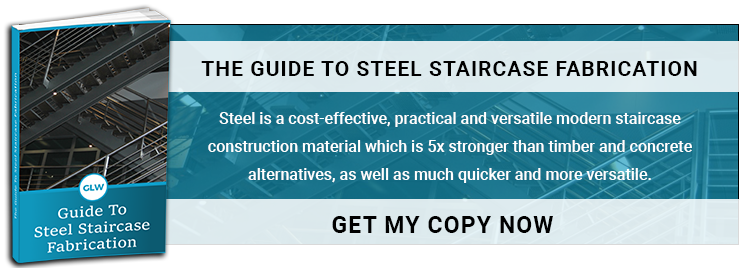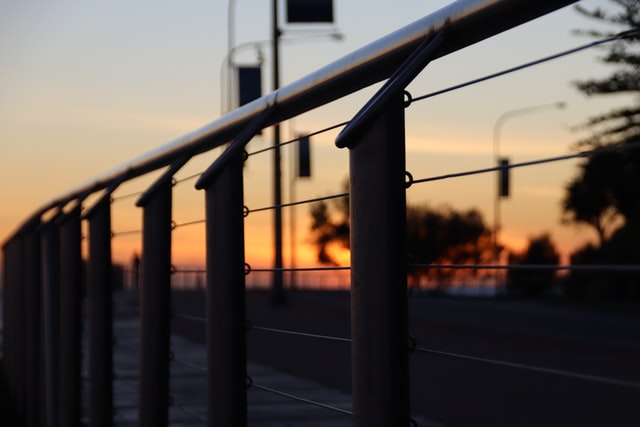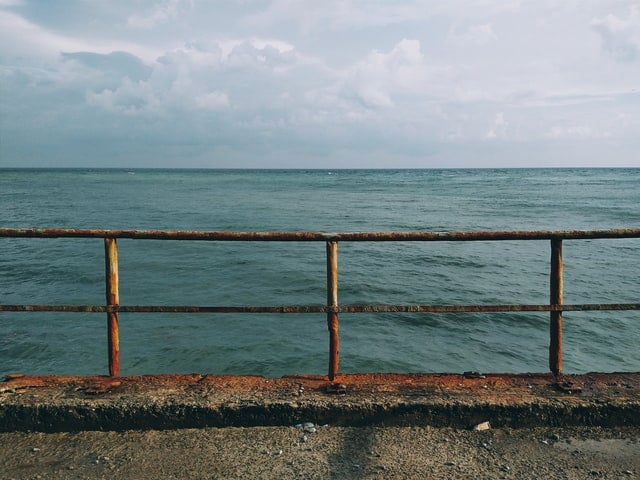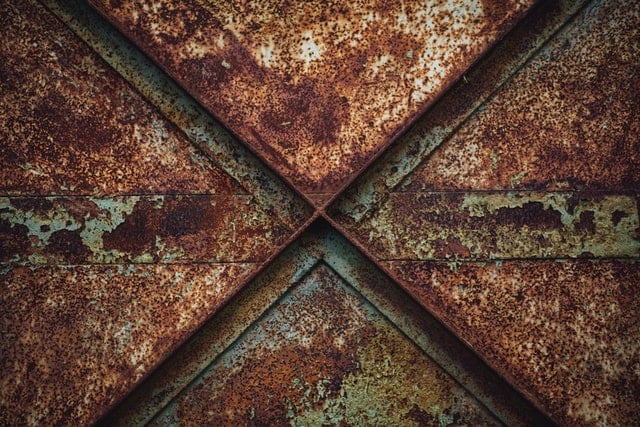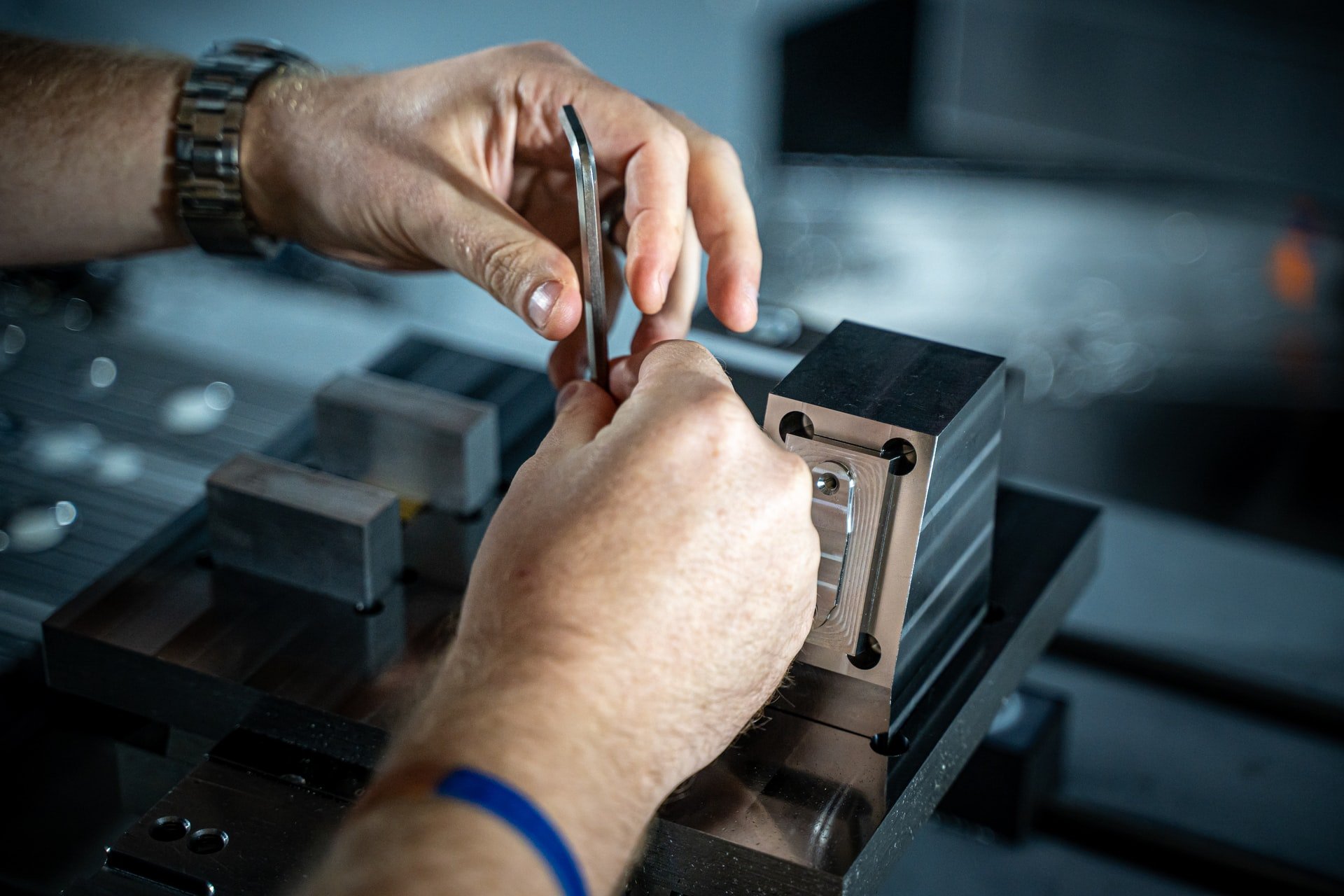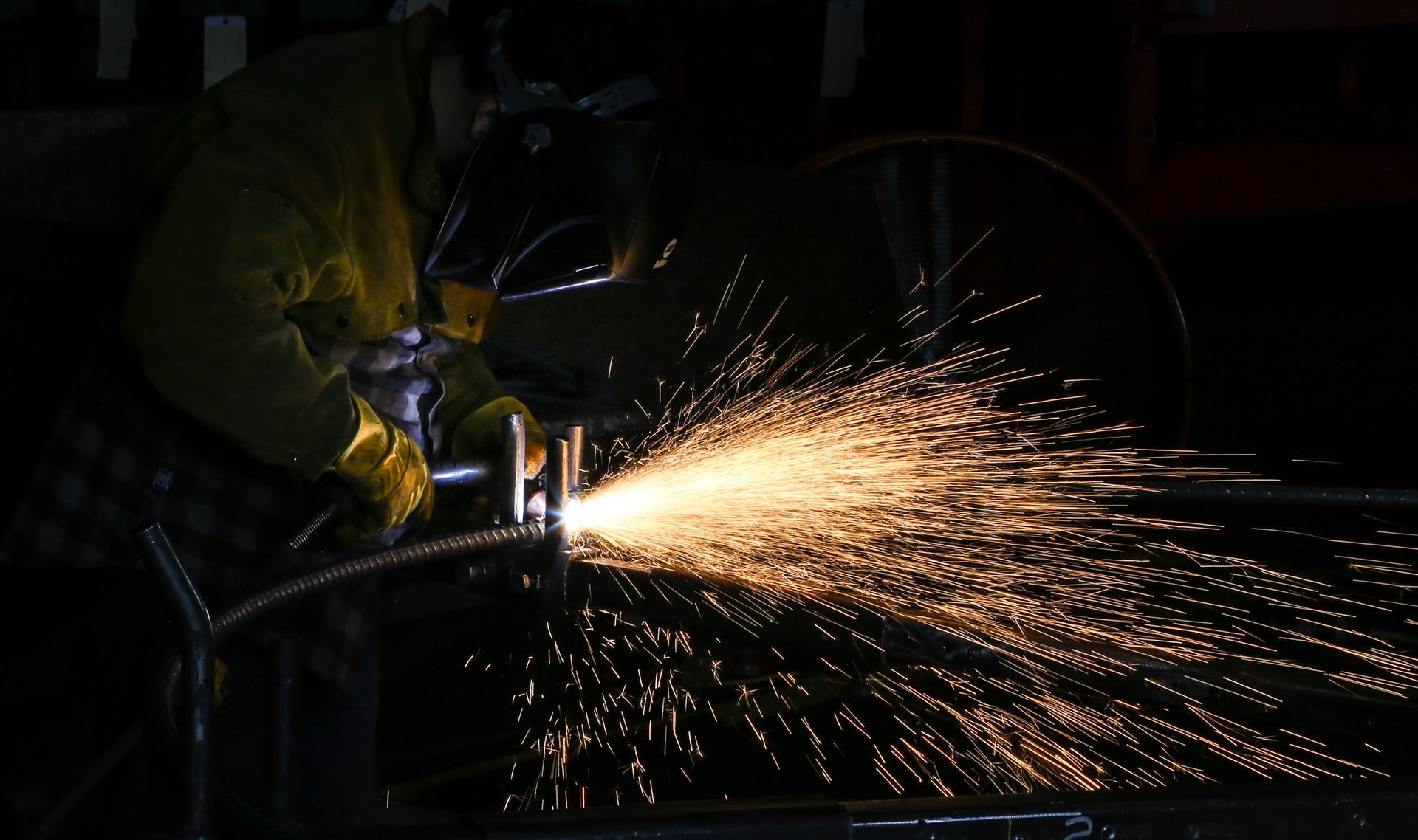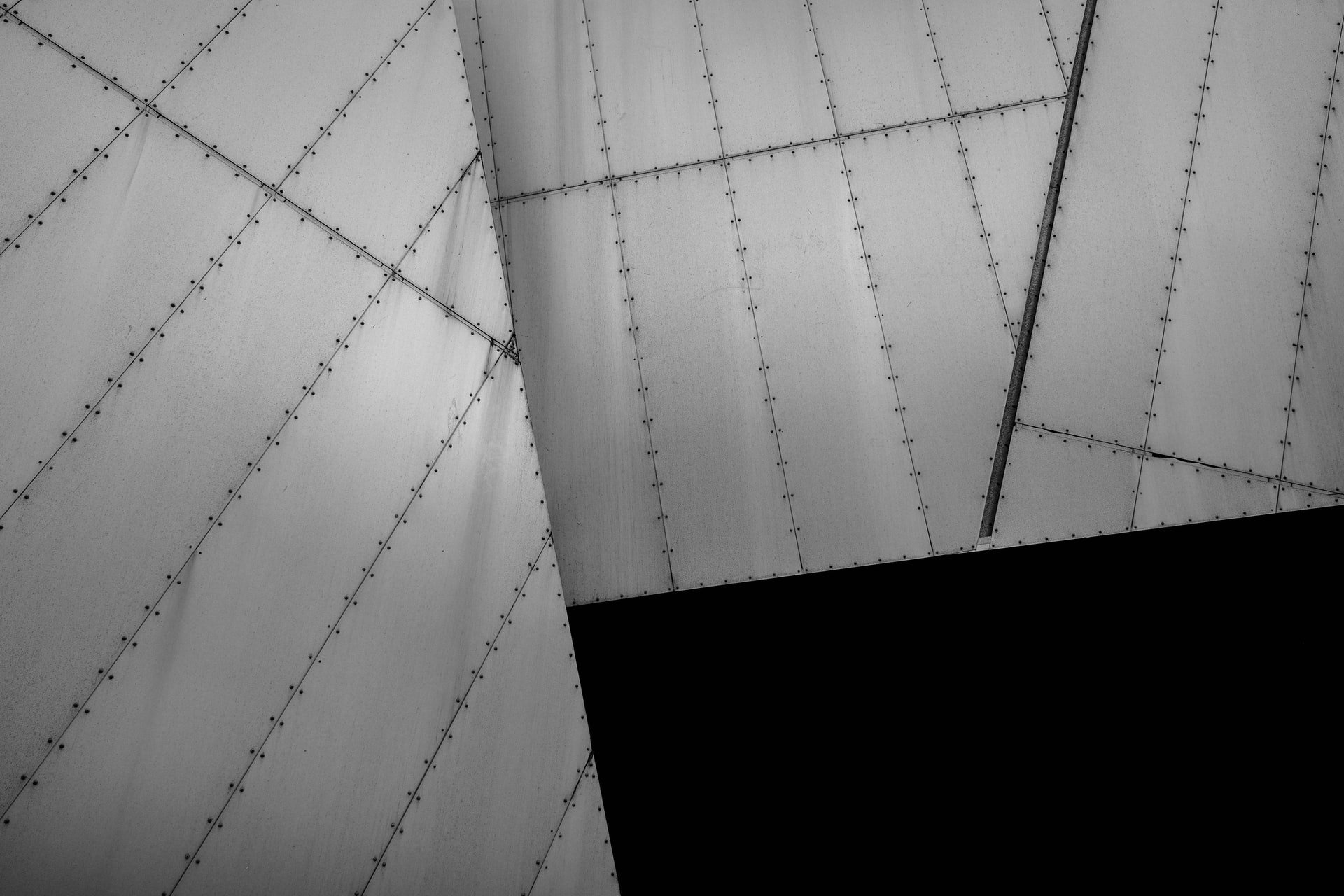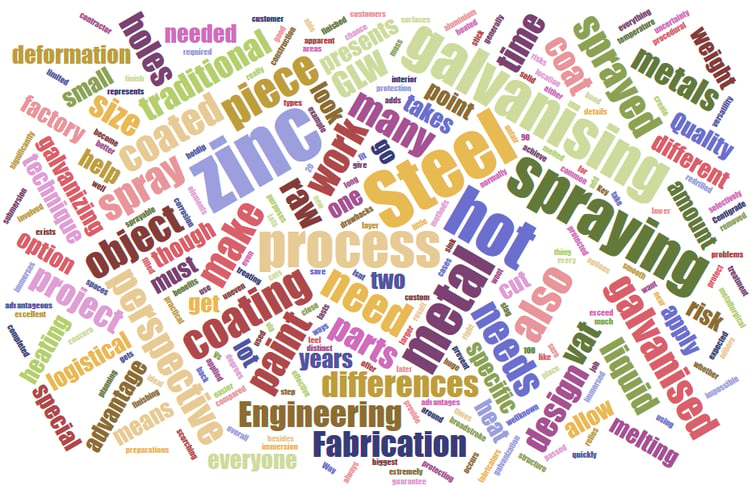 Raw steel needs to be protected from the elements to prevent corrosion. There are many ways to achieve this protection, each with benefits for specific purposes. Here at GLW Engineering we can help you to get the right coating for your custom steel work, and make sure that it lasts a long time.
Raw steel needs to be protected from the elements to prevent corrosion. There are many ways to achieve this protection, each with benefits for specific purposes. Here at GLW Engineering we can help you to get the right coating for your custom steel work, and make sure that it lasts a long time.
One of the most common methods for treating steel is hot-dip zinc galvanizing. This is a process that takes raw steel, and immerses it in a vat of liquid zinc. The zinc coating is effective, though the process also presents some drawbacks from a practical and logistical perspective.
As well as this process, we also offer a different process to zinc coat your raw steel, and it can give you some distinct advantages over traditional galvanizing. Hot metal spraying is a metal coating technique that has been around for more than 90 years, though it is not as well-known as galvanization. Most metals can be sprayed on to steel once melted, zinc being one of them.
Let's have a look at some of the differences between hot zinc spraying and traditional galvanising.
Hot Metal Spraying
From a broad-stroke perspective, hot zinc spraying and galvanising do the same thing; your new steel construction will be coated with a layer of zinc. But when we look at the details, the differences between the two options become apparent.
When we apply zinc via a metal spraying technique, the heat at which the process takes place is far lower than galvanising. It generally won't exceed 100 degrees Centigrade, which is advantageous in most cases. The amount of heat that is required to make a metal spray-able is very small when compared to the mass of the object that is being sprayed, so heating the object isn't really a concern.
This presents a huge advantage to everyone involved, as there is little risk that zinc spraying will result in deformation of the piece. There is also no risk of uneven heating or scorching. Hot zinc spraying will allow us to protect any size of steel object, and there is no need to provide holes in the design to allow for submersion.
Because hot zinc spraying can be applied selectively, we can coat the parts of your piece that need to be coated and not more. This means that there is no chance of interior spaces being coated with zinc, which will save you on the overall weight of the finished design.
Once the zinc has been sprayed on, it is much easier to paint that a galvanised coating. There is no need for special abrasion before painting, and this cuts down on finishing time significantly.
It is unfair to compare other metals besides zinc to galvanising, but with hot metal spraying the option exists to use many different types of metal, like aluminium for example. We can also coat any size object you want, either in our factory or on location. This represents a versatility that everyone can take advantage of.
Galvanising
When a piece of steel is galvanised it must be immersed in liquid zinc that is at a temperature close to the melting point of steel. The metallurgical bond that occurs between the two metals is excellent, but from a fabricator’s perspective it is not always an ideal process.
The biggest problems with galvanisation from our perspective are logistical and procedural.
The process of galvanising steel does a good job at protecting it, but because the steel is heated to near its melting point there are risks. Some amount of deformation is expected, and there will be more work for us once the piece gets back from galvanisation. All of the holes will need to be re-drilled, and many times there will be slag than needs to be removed.
This will also add weight to your design, as all of the surfaces will be coated, whether they needed to be or not.
Galvanising relies on immersion into a vat of liquid zinc, so all parts must be able to sink. This means that we have to cut holes in any solid areas, and these will have to be filled in later. This adds even more work for a contractor that is normally passed on to the customer. The size of a piece that can be galvanised is limited to what can fit into the vat of zinc, so for larger parts it will be impossible.
If you are planning on painting your steel structure, then galvanising will create more work for you. Because a galvanised finish is extremely smooth, special preparations are needed for paint to adhere to it. Abrasion needs to be used so that the paint can stick to the metal.
Which Way To Go?
We feel that for the many of our customers, hot spray zinc treatment is a better option. We can cut a lot of time and uncertainty out of your project by using hot spray zinc, and guarantee that you will get GLW Engineering quality at every step.
If you need to have your project completed quickly, then hot spray zinc coating will make everything go a lot quicker, and you can apply paint as soon as the zinc has been sprayed on. If you have any questions about how hot zinc spray would compare to galvanising for your specific project, we are here to help.
GLW Engineering has more than 20 years of experience with top of the range steel fabrication, and we can make you best-in-class steel components in our own factory. Please don't hesitate to contact us for a consultation, no matter how big or small your needs may be. For a comprehensive overview of the steel fabrication process, click here to download our free e-book: How to Ensure Quality When Hiring Steel Fabrication Companies.

